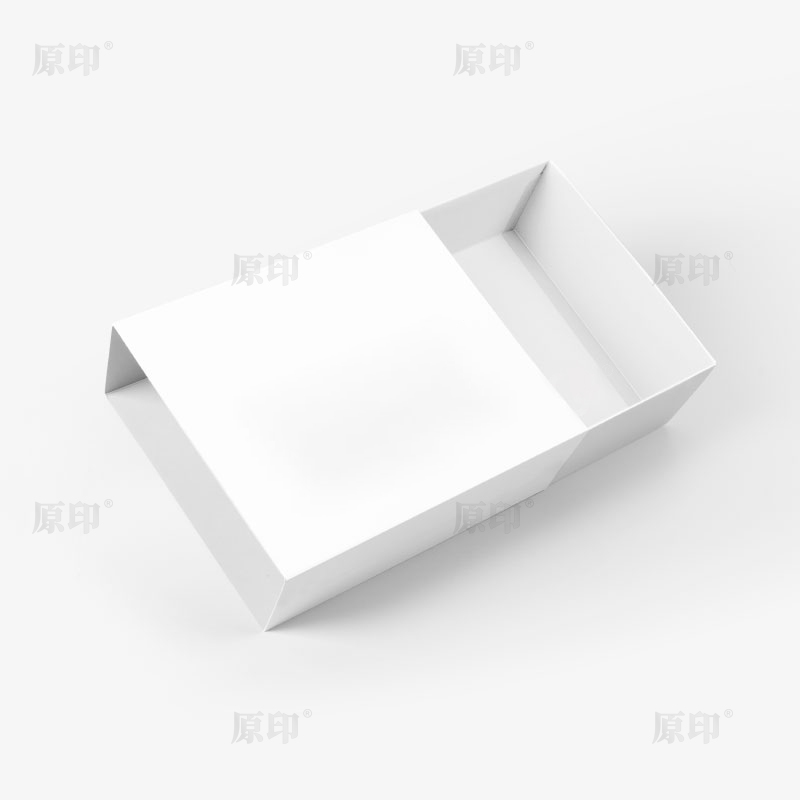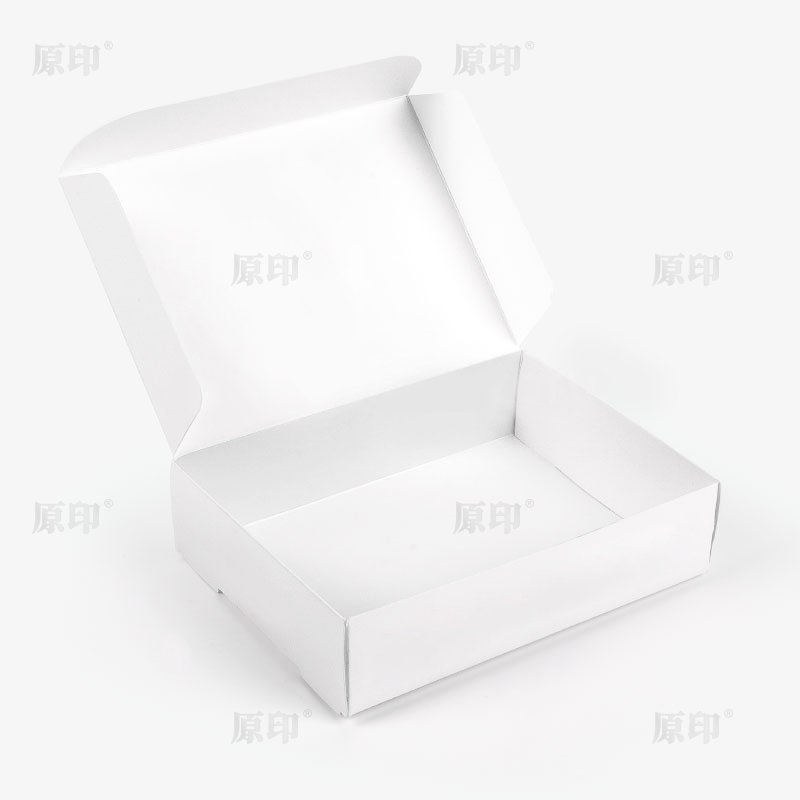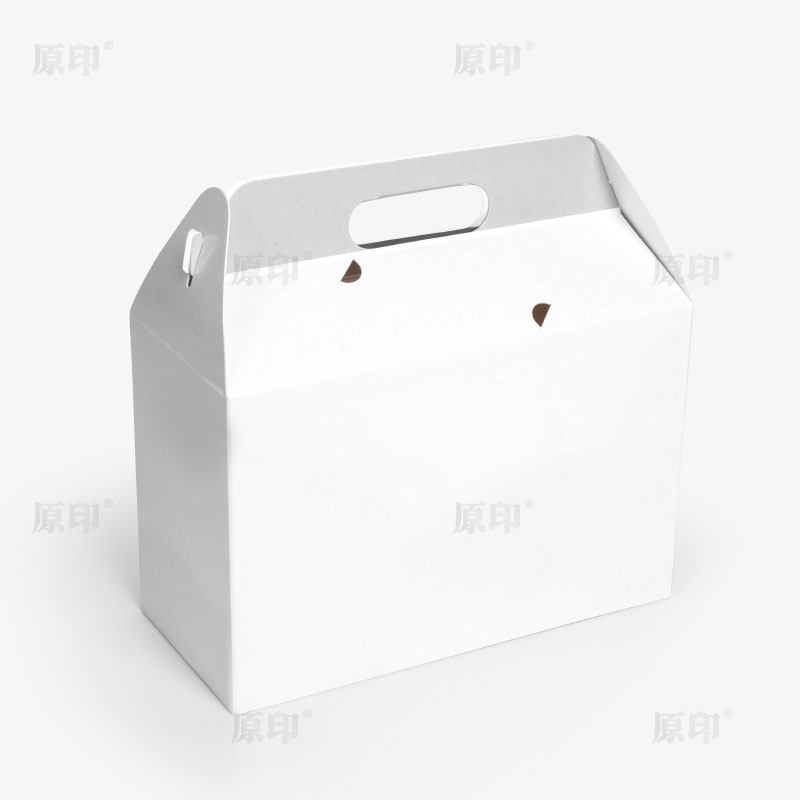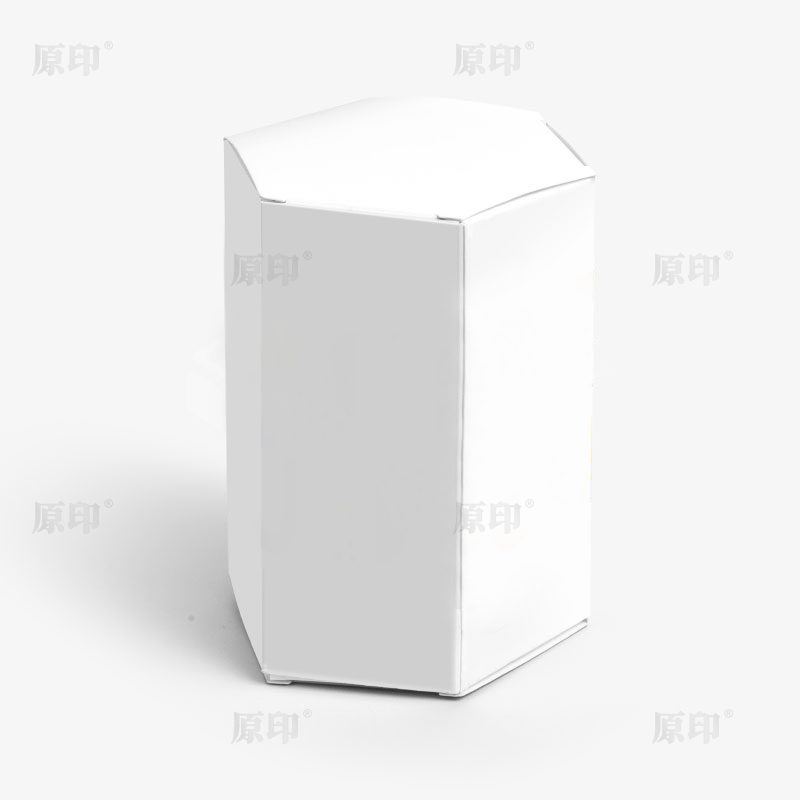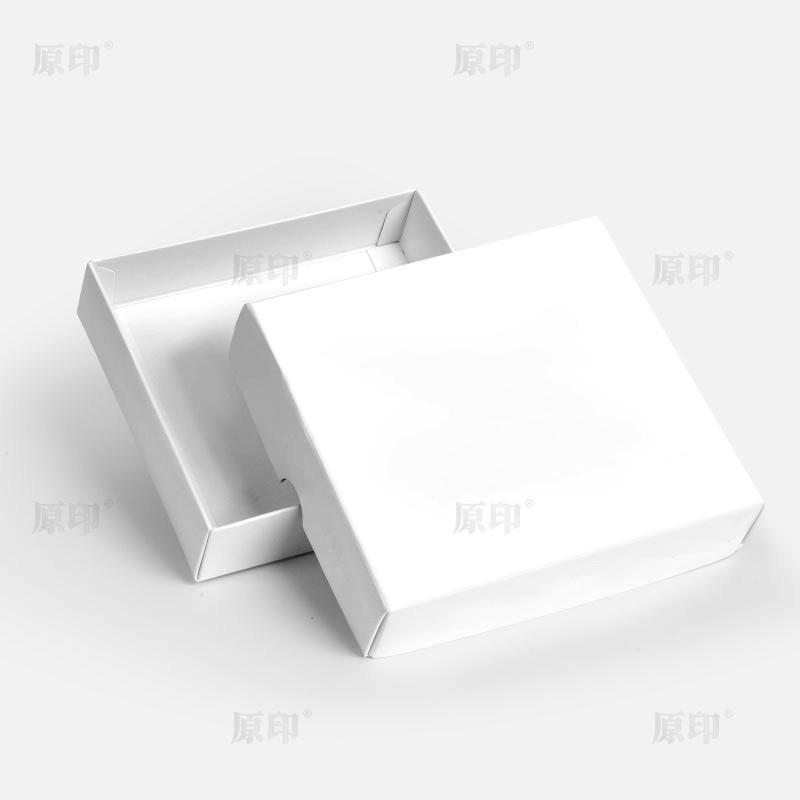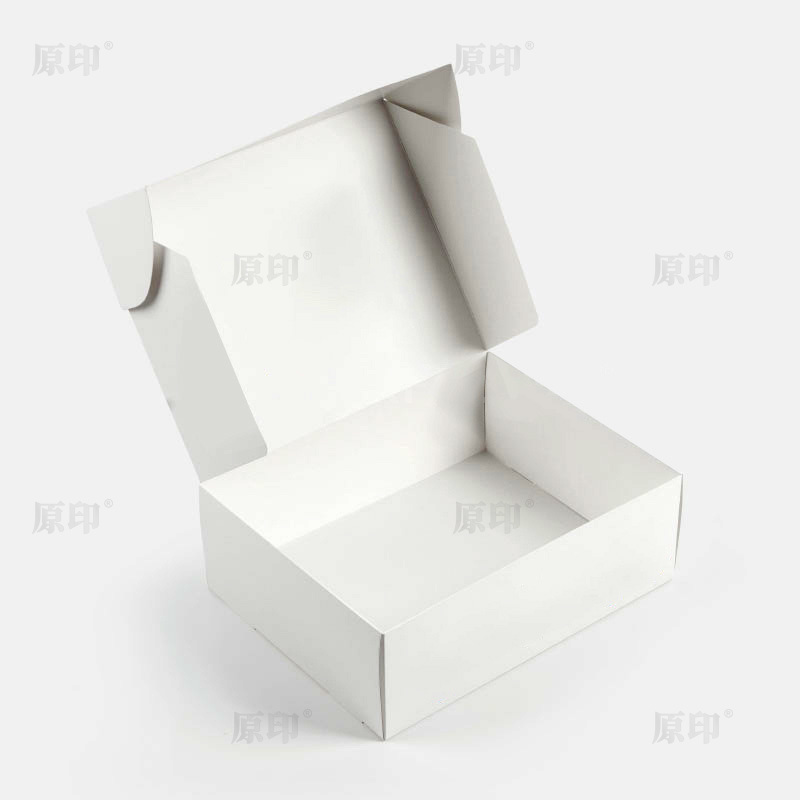What Are the Most Common Materials Used in Printed Agriculture Packaging?
Agriculture packaging plays a vital role in ensuring that crops, seeds, fertilizers, and other farm-related products are transported, stored, and presented safely. With the growing demand for traceability, branding, and eco-friendliness, printed agriculture packaging has become more than just a functional necessity. It is now a strategic tool for farmers, distributors, and agribusiness companies to communicate product information, enhance shelf appeal, and protect goods from environmental damage.
The choice of material is central to the effectiveness of printed packaging. Different materials offer unique benefits in terms of durability, printability, sustainability, and cost. Below, we explore the most common materials used in printed agriculture packaging and examine their roles in modern farming supply chains.
1. Polyethylene (PE)
Polyethylene is one of the most widely used plastics in agricultural packaging due to its versatility and affordability. It is commonly used in the form of bags, liners, and stretch films.
Advantages:
- Excellent flexibility and lightweight structure.
- Resistant to moisture, which protects seeds and fertilizers from humidity.
- Cost-effective and easy to print using flexographic or digital methods.
Applications:
- Grain bags and fertilizer sacks.
- Seed pouches with custom branding.
- Silage films for fodder preservation.
2. Polypropylene (PP)
Polypropylene is another staple in agricultural packaging, offering superior strength and print quality compared to polyethylene. Woven PP bags, in particular, are popular for bulk storage.
Advantages:
- High tensile strength for heavy loads.
- UV resistance when treated, making it suitable for outdoor use.
- Better surface for multi-color printing.
Applications:
- Printed woven bags for rice, wheat, and animal feed.
- Bulk packaging for fertilizers and pesticides.
- Reusable and recyclable bags for eco-conscious farmers.

3. Kraft Paper
Kraft paper is favored for its eco-friendly appeal and strong natural fibers. It is biodegradable and recyclable, aligning well with sustainability trends in agriculture.
Advantages:
- Excellent printability for branding and product labeling.
- Breathability, which helps prevent moisture buildup in some produce.
- Biodegradable and compostable.
Applications:
- Seed envelopes with custom graphics.
- Fruit and vegetable packaging for retail markets.
- Bags for organic fertilizers and soil conditioners.
4. Laminated Multi-Layer Films
For products that require enhanced barrier protection, laminated films made of multiple layers of plastics (such as PET, PE, and aluminum foil) are used.
Advantages:
- Superior moisture, oxygen, and light barrier.
- Excellent durability for long-term storage.
- High-quality printing with glossy or matte finishes.
Applications:
- High-value seeds packaged for extended shelf life.
- Agricultural chemicals that require secure, tamper-proof packaging.
- Branded pouches for retail distribution.
5. Jute and Natural Fiber Sacks
Traditional yet highly sustainable, jute and other natural fiber sacks are still widely used for bulk agricultural products.
Advantages:
- Biodegradable and reusable.
- Strong and durable for transporting crops.
- Rustic appearance that appeals to eco-conscious markets.
Applications:
- Packaging for potatoes, onions, and grains.
- Bulk storage for animal feed.
- Promotional agricultural packaging for organic products.
6. Biodegradable and Compostable Plastics
With sustainability becoming a global priority, biodegradable plastics made from starch, polylactic acid (PLA), or other plant-based polymers are gaining traction.
Advantages:
- Environmentally friendly alternative to petroleum-based plastics.
- Compatible with eco-label printing.
- Breaks down naturally under composting conditions.
Applications:
- Retail packaging for organic produce.
- Compostable seed bags.
- Eco-branded fertilizer pouches.
7. High-Density Polyethylene (HDPE)
HDPE is a stronger version of polyethylene and is often used for rigid containers and bottles.
Advantages:
- Excellent chemical resistance for fertilizers and pesticides.
- Sturdy, impact-resistant, and reusable.
- Smooth surface for label printing or direct printing.
Applications:
- Bottles for liquid fertilizers and pesticides.
- Jerry cans for farm chemicals.
- Large storage containers for agricultural liquids.
8. Corrugated Fiberboard
Corrugated boxes remain essential in agricultural logistics, particularly for transport and export.
Advantages:
- Lightweight yet strong structure.
- Good printability for brand logos and handling instructions.
- Recyclable and widely available.
Applications:
- Export cartons for fruits and vegetables.
- Packaging for agrochemicals in bottles or sachets.
- Bulk seed and grain storage.
9. Mesh and Netting Materials
Mesh bags, typically made of polyethylene or polypropylene, are widely used for fresh produce packaging.
Advantages:
- Breathable structure prevents moisture accumulation.
- Lightweight and economical.
- Easy to print branded tags or labels.
Applications:
- Onions, citrus fruits, and potatoes.
- Vegetable packaging for retail.
- Bulk produce transport with visibility.
10. Metalized Films
For high-end agricultural products requiring extended shelf life, metalized films (plastic films coated with a thin metal layer) are used.
Advantages:
- Excellent light and oxygen barrier.
- Premium appearance with metallic print finishes.
- Good puncture resistance.
Applications:
- Specialty seeds for export.
- High-value agricultural chemicals.
- Branded retail pouches for premium fertilizers.
Conclusion
Printed agriculture packaging has evolved from simple sacks and bags to sophisticated, branded solutions designed to protect, preserve, and promote products. The choice of material—whether polyethylene, polypropylene, kraft paper, jute, laminated films, biodegradable plastics, HDPE, corrugated fiberboard, mesh, or metalized films—depends on the type of agricultural product, storage requirements, and sustainability goals.
While plastics remain dominant due to their affordability and protective qualities, eco-friendly materials like kraft paper, biodegradable plastics, and jute are becoming increasingly important as the agricultural sector adapts to global sustainability standards.
Ultimately, the most effective printed agriculture packaging strikes a balance between durability, cost-efficiency, printability, and environmental responsibility—ensuring that farm products reach consumers in optimal condition while supporting brand visibility and eco-conscious practices.

